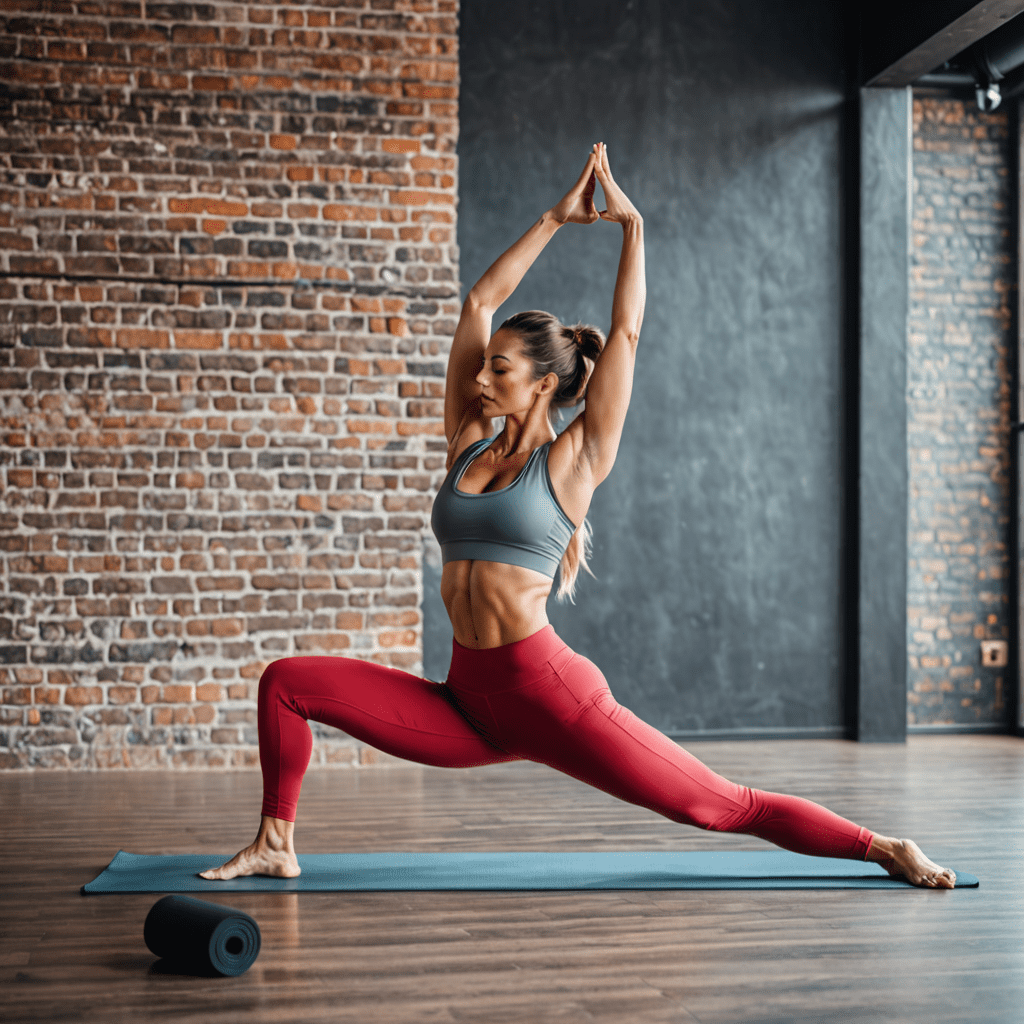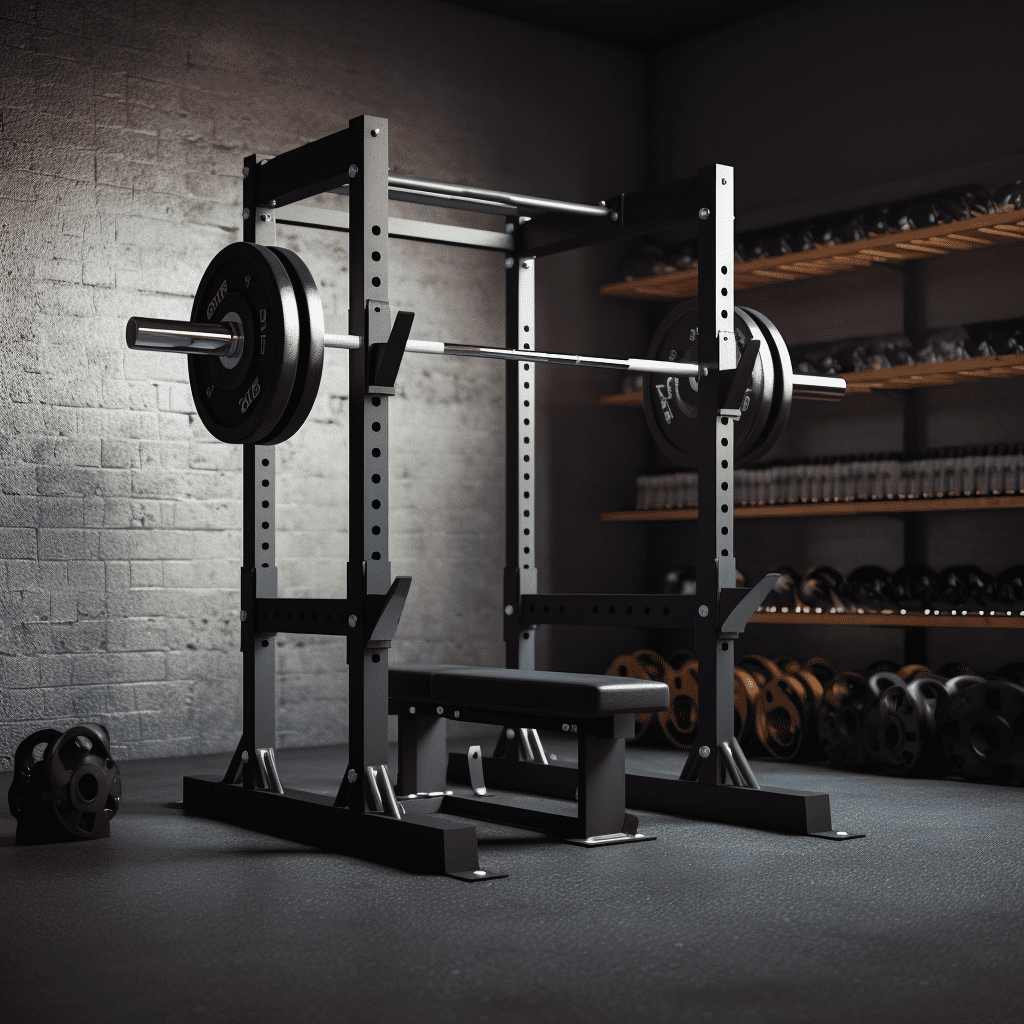
How to Do an Asian Squat: A Complete Guide
Squatting is a fundamental movement pattern that has been part of human evolution for centuries. In many Asian cultures, squatting is a common and natural position for resting, eating, and performing various activities. However, for individuals who aren’t accustomed to it, the Asian squat can be quite challenging. This blog post will guide you step by step on how to do an Asian squat properly and reap its numerous benefits for your mobility and overall health.
Understanding the Asian Squat
The Asian squat, also known as the Asian squatting position or the third-world squat, involves lowering your body into a deep squat where your heels remain on the ground. This position requires greater ankle mobility, hip flexibility, and balance compared to a traditional squat. It offers several benefits such as improving hip and ankle mobility, strengthening the muscles in the lower body, and promoting better digestion and posture.
Step-by-Step Guide:
1. Start with Proper Foot Placement
Begin by standing with your feet slightly wider than shoulder-width apart. Point your toes slightly outward to allow for better mobility during the squatting movement.
2. Begin the Descent
Lower your body down by bending your knees and hips simultaneously. Keep your chest lifted, back straight, and gaze forward to maintain proper form. It may help to position your arms in front of you for balance.
3. Reach the Desired Depth
As you descend, aim to go as low as possible while keeping your heels flat on the ground. If you struggle to reach this depth, try placing a rolled-up towel or small plate beneath your heels to provide some elevation and aid in ankle flexibility.
4. Maintain Stability and Balance
Once you’ve reached the desired depth, focus on maintaining stability and balance. Ensure that your weight is evenly distributed between your heels and the balls of your feet. Engage your core muscles and keep your knees aligned with your toes.
5. Hold the Position
Hold the Asian squat position for 10 to 30 seconds or longer if comfortable. As you progress, aim to increase the duration of your holds gradually. You can also incorporate gentle rocking movements from side to side or perform subtle shifts in weight distribution to enhance your flexibility and control.
6. Rise Up Slowly
To come out of the squat, push through your heels and engage your quadriceps and glutes to rise up slowly. Straighten your legs, keeping your back straight and chest lifted throughout the ascent.
Frequently Asked Questions (FAQ):
Q: How can I improve my ankle flexibility for the Asian squat?
A: Improving ankle flexibility can be achieved through regular stretching exercises like calf raises, ankle circles, and ankle dorsiflexion mobilizations. Additionally, incorporating exercises that target ankle mobility, such as heel drops and lunges, can be beneficial.
Q: Can the Asian squat help with lower back pain?
A: Yes, the Asian squat can potentially help with lower back pain by promoting a more natural posture and reducing stress on the lumbar spine. However, if you have pre-existing back conditions or experience pain during the squat, it’s essential to consult with a healthcare professional before practicing this movement.
Q: How often should I practice the Asian squat?
A: Like any exercise or movement, consistency is key. Initially, aim to practice the Asian squat for a few minutes every day. As you become more comfortable and flexible, you can gradually increase the duration and frequency of your practice.
Q: Can anyone do the Asian squat?
A: While the Asian squat is a natural position for many individuals, it may be more challenging for those with limited mobility, certain joint conditions, or injuries. It’s crucial to listen to your body and modify the exercise as needed, seeking guidance from a healthcare professional if necessary.
Q: Are there any alternatives to the Asian squat?
A: If the Asian squat is too challenging initially, there are alternative exercises that can help improve ankle mobility and hip flexibility, such as deep squats with heel elevation or using a stability ball against a wall for support.
Remember, mastering the Asian squat takes time and patience. Gradually challenge yourself and be mindful of your body’s limitations. With consistent practice, your mobility and strength will improve, allowing you to enjoy the benefits of this natural resting position.


